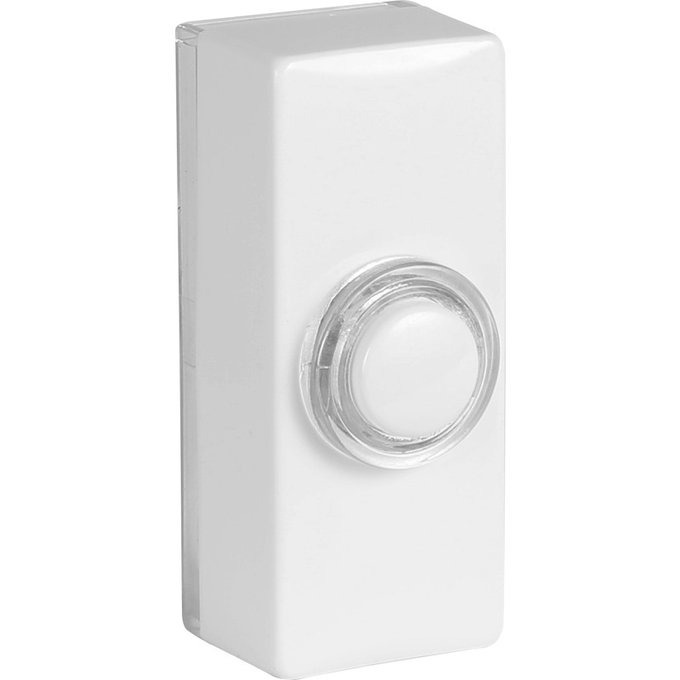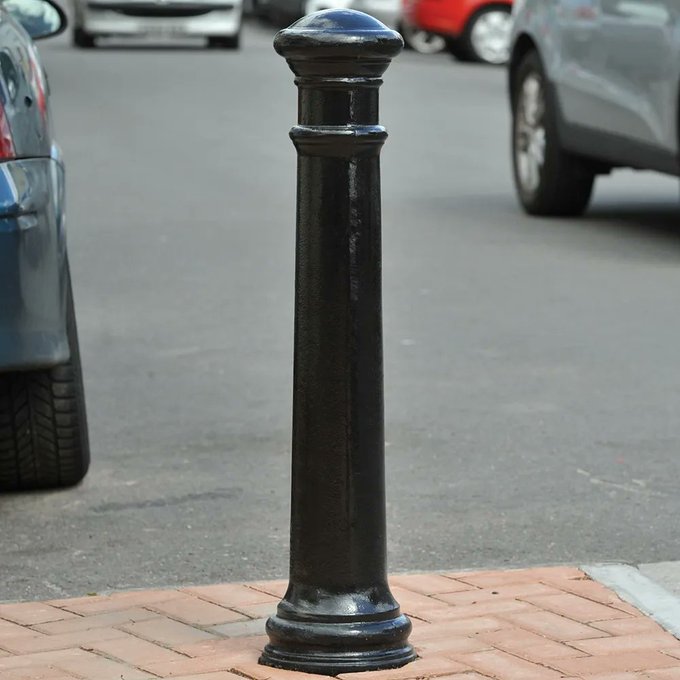Architecture - about beauty, utility, and embraced values
/ 15 min read
It seems natural for everyone to admire seeing new countries, experiencing new cultures, and discovering what normal means in other places. This curiosity about the world is strongly embedded in our lives. Pico Iyer, essayist, and novelist known mainly for his travel writing, once said:
“We travel, initially, to lose ourselves; and we travel, next, to find ourselves. We travel to […] learn more about the world than our newspapers will accomodate. […] And we travel, in essence, to become young fools again - to slow time down and fall in love once again.” - Pico Iyer
It’s undeniably true that the world is full of stunning places, charming landscapes, and beautiful cities, and hence we all dream of taking delight in these natural wonders and the cradle of the culture built by our ancestors. They say that beauty is subjective because “it lives in the eyes of the beholder”, but despite diversity in preferences and taste, probably no one is arrogant enough to deny this eternal beauty.
In spite of this shared admiration and respect among people, it’s puzzling why so often our cities must suffer due to contemporary ways of development. Because at the present time, after all, we are able to appreciate traditional architecture, but paradoxically still can’t maintain and expand it in a decent way.
”Almost no new cities match the beauty of the few remaining medieval city centers, which themselves are so cherished that people will spend thousands to fly there, just to see them in person for a few days.” - Simon Sarris, In Praise of Gods
I honestly agree with the message of the above quote. I have been following this thread since I graduated from urbanism and it’s pretty easy to grasp this tendency of lost ability to complement traditional architecture with today’s developer’s realizations. Because it’s important to realize that, as pointed out by Christopher Alexander (architect and design theorist), “the rightness of the form depends on the degree to which it fits the rest of the ensemble”.
Modern architecture is so often detached from the traditional buildings of the city. As an illustration, I will share some interesting phenomena which I have noticed recently. I will use the Instagram platform as an example, but you can also feel it live.
So when you follow architecture-related photos and one of them presents a traditional building, it will be accompanied by a wider view; there will be an alley, a street, some green areas, other buildings, or even a part of the entire district or city. It’s not hard to see that each of these buildings is even more charming against the background of its surroundings. And it happens because traditional architecture embraces tradition to achieve diverse but still coherent beauty.
 Prague, The Czech Republic (source)
Prague, The Czech Republic (source)
 Edinburgh, Scotland (source)
Edinburgh, Scotland (source)
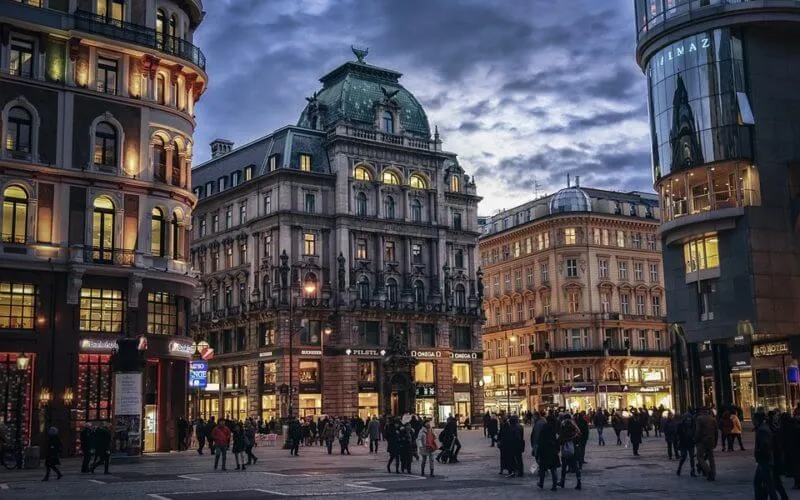 Vienna, Austria (source)
Vienna, Austria (source)
On the contrary, watching hashtags like #modernarchitecture, there are mostly alone individual buildings, single objects or spots, interiors, and minimalistic details gaining character only within their own limits. Hence I believe in many cases modernity can be celebrated only in its own closed context, forgetting the surroundings and city space.
There is undeniably a significant difference in development and design between traditional style and modernity. Some of the incentives behind this trend are clearly obvious, others are more complicated and obscure. But before I start, I would like to point out this is not some kind of “expert analysis”. Rather, I just want to highlight some personal concerns and nuances I noticed in the field (architecture) in which utility and immediacy recklessly began to lead the way.
How we build and how it was built
On the Internet, there are a lot of discussions today related to our inability to produce good architecture and maintain the sustainable development of space. When people try to indicate the reasons lying behind this trend they are mainly referring to hypercapitalism and its “everything-for-profit” narrative as well as non-reflective and blind favor of utility. These are legitimate causes which I will definitely bring up later in this essay. But firstly, I would like to point out the reason strictly tied to the design process and architecture itself.
Speaking generally, many unknowns in our minds very often arise for one simple reason - underestimating complexity. In this case, the first point often overlooked is the change in cultural patterns and technology as a consequence of civilization’s progress. Alexander Christopher in his book called “Notes on the Synthesis of Form” wrote that designing, building, and adjusting to the existing urban ensemble are much more challenging and complex than today.
”At the same time that the problems increase in quantity, complexity, and difficulty, they also change faster than before. New materials are developed all the time, social patterns alter quickly, the culture itself is changing faster than it has ever changed before. In the past […] the individual designer would stand to some extent upon the shoulders of his predecessors. And although he was expected to make more and more of his own decisions as traditions gradually dissolved, there was always still some body of tradition which made his decisions easier. Now the last shreds of tradition are being torn from him. Since cultural pressures change so fast, any slow development of form becomes impossible. […] The formmaker stands alone.” - Alexander Christopher, Notes on Synthesis of Form
Past cultures, which the author calls unselfconscious, were not attached to the individual’s ideas as such because there was no market for individualism and novelty. Roughly speaking, there wasn’t even such profession as architect. Buildings were constructed by craftsmen driven by rituals and his ancestors’ know-how. Inherited knowledge was constantly and immanently adjusted to achieve a form that fits the existing context (ensemble). The lack of written documentation, construction norms, and architectural drawings made people repeat the patterns of tradition which leads to enforced urban cohesion.
Alexander Christopher also continues and highlights the change in the architect’s calling. Solving-problems mindset is moving into the direction of art and individualism.
”But the designer who needs to face today’s difficulties preserves his innocence relies more and more on his position as an “artist”, on catchwords, personal idiom, and intuition - for all these relieve him of some of the burdens of decisions, and make his cognitive problems manageable. […] He hides his incompetence in a frenzy of artistic individuality.” - Alexander Christopher, Notes on Synthesis of Form
It may sound quite critical but later the author also concludes that simple cultures living in the past never faced such complexity as we do today. He continues:
”[…] but in their own way the simple cultures do their job better than we do ours. […] Careful examination of their success can give us the insight we need to solve the problem of complexity.” - Alexander Christopher, Notes on Synthesis of Form
We should also be aware that these days architecture is definitely a broader discipline; is interconnected with other fields and dependent (as everything today) on cultural shifts and requirements dictated by the market.
The emotional touch of architecture
Why should people care about architecture? Why should we care about it after all?
We may differ when it comes to our personal interests and passions, but at some basic instinctive level, we are quite similar. For this reason, we can’t resist a positive reaction to seeing and tasting delicious food and in like manner we desire beauty around us.
Beauty, because of its subjective nature, can be defined in many different ways. From the architecture POV, we may think about it as the details surrounding us that perform together to create something more meaningful. Details give space character, making it independent of raw material and cubic form. It creates identity - the force that makes us resonate with the space. On the contrary, when we remove these indicators of beauty, everything starts to look the same. Omnipresent usability kills the spirit of embedded traditional identity and gives a city an anti-human scale.
Why Beauty Matters (and how it has been destroyed by "usability") A short thread...
So decent architecture and its wealth of details have a profound impact on us. It should be mentioned, however, that it is not only “ornamentation” that influences us. Zooming out and moving our attention from details to buildings and their relations, it turns out that space itself, and its shape, also change our behavior. In the book called “101 Things I Learned in Architecture School” the author points out that “spaces shaped or defined by the placement” of solid objects are as important as the objects themselves.
”A three-dimensional space is considered a positive space if it has a defined shape and a sense of boundary or threshold between in and out. Positive spaces can be defined in an infinite number of ways by points, lines, planes, solid volumes, trees, building edges, columns, walls, sloped earth, and innumerable other elements.” - Matthew Frederick, 101 Things I Learned in Architecture School
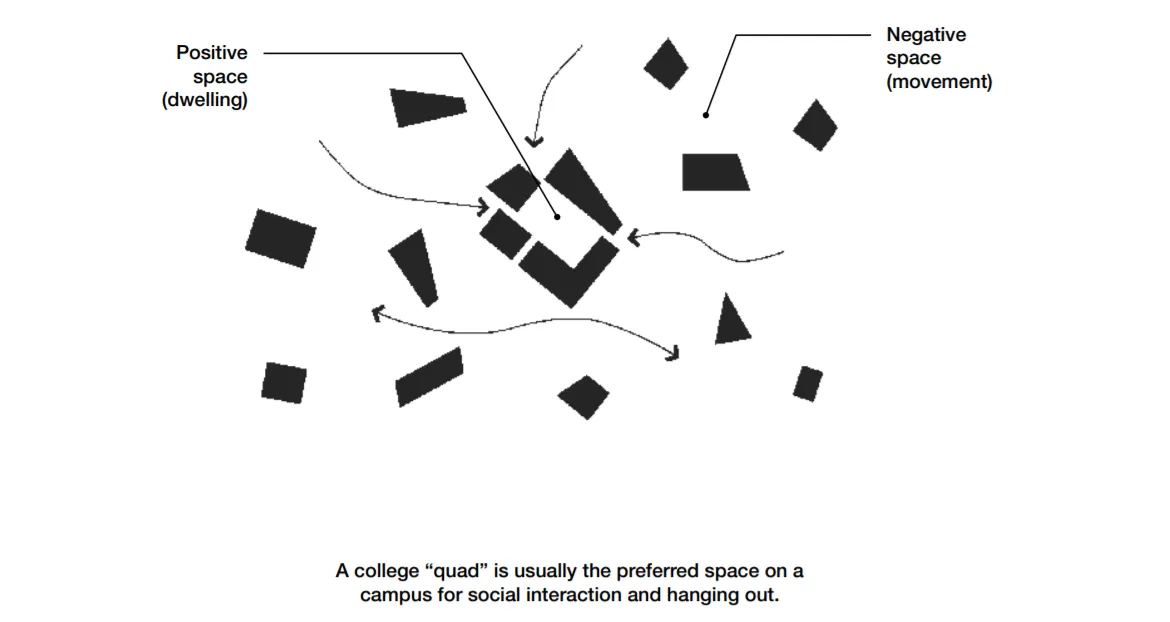 Draft from book 101 Things I Learned in Architecture School by Matthew Frederick
Draft from book 101 Things I Learned in Architecture School by Matthew Frederick
A bit further he explains how this affects human behavior:
“The shapes and qualities of architectural spaces greatly influence human experience and behavior. […] Negative spaces tend to promote movement rather than dwelling in place.” - Matthew Frederick, 101 Things I Learned in Architecture School
Which makes sense. In most cities, at least in my country, the most impactful and attractive public spaces are located in old city centers. They were designed in times when it was obvious from the experience of centuries ago that cities were built for social interactions rather than optimization of people’s movement between work and home.
Also, Juhani Pallasmaa in his book “The Eyes of the Skin: Architecture and the Senses” states that modern architecture reduces space to geometry dictated by the buildings themselves without considering people’s spiritual needs and social experiences:
“A building is not an end in itself; it frames, articulates, structures, gives significance, relates, separates and unites, facilities and prohibits. […] Architectural space is lived space rather than physical space […]. Modern architectural theory and critique have had a strong tendency to regard space as an immaterial object delineated by material surfaces, instead of understanding space in terms of dynamic interactions and interrelations.” - Juhani Pallasmaa, The Eyes of the Skin: Architecture and the Senses
In this digitalized era of immediacy, utility, and efficiency, it’s not always about optimization and profitability. What we, humans, sometimes want is just to be delighted with something and create just for the sake of self-expressiveness. And as long as we walk the earth, architecture, as not only a field of design but also art, will affect our feelings and turn our moods. In line with the words, “Architecture is the only form of art we are condemned to”.
Blaming minimalism
Sometimes it’s quite common and comfortable to blame minimalism and modernism per se. Very often we associate modernity, especially in architecture, with emptiness and lack of temper. Seeing selfish individual projects and mass-produced economical residential buildings by developers, we can quickly become discouraged by simplicity.
The Danger of Minimalist Design (& the death of detail) A short thread...
But I truly believe there is enough space for both good and bad design regardless of architectural style. Beauty is not only the domain of tradition.
See, there is a lot of really lovely-designed contemporary architecture. The mysterious Fallingwater coexisting with nature, the extraordinary Guggenheim Museum of NYC, and iconic Seagram Building are great examples. Even bold and extravagant brutalism has its moments of beauty (or at least it tries to tell something). This is capital M minimalism.

What reduces space to the level of utility and makes it move toward a void is small m minimalism. This applies to, among other things:
- The mid-sized non-profit sector designed by edgy architects.
- Ugly and reduced to cubic-like form supermarkets & shopping malls.
- Suburban houses and service buildings which mistake novelty and individuality for beauty.
- The majority of today’s developers’ residential realizations. Lack of detail, lack of fit, lack of public spaces, lack of human scale, designed for making a profit, not for people.
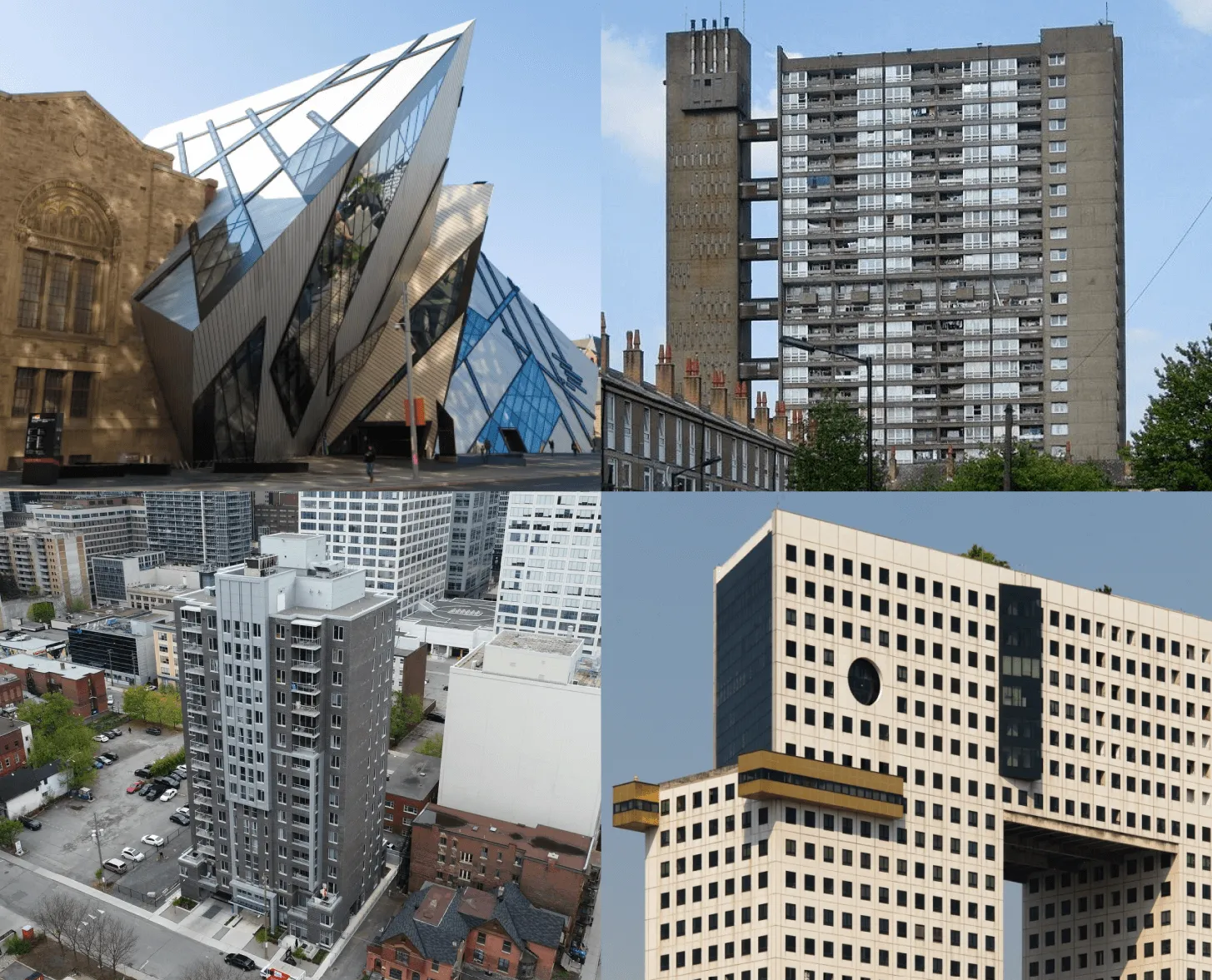
Ideas, especially the simplest ones, are sometimes frequently pushed to extremes. One of the general rules of modernism is that “form must follow function”. Will Durant in his book called “Fallen Leaves”, wrote about it this way:
“When Louis Sullivan proclaimed that “form must follow function”, he inaugurated the first creative revolution in architecture since the Renaissance. This brave new style, however, may outmode itself by carrying its functional motto to excess - by reducing everything to straight lines and rectangles, and turning its temples into boxes of steel, stone, and glass.” - Will Durant, Fallen Leaves
Having all of that in mind, let’s refrain from unreflective blaming minimalism and modernism. Instead of this, let’s approach the key component of ugly architecture with gloomy sobriety, which is the blind adjustment of the project to the market and sales.
Commodity over decency
There is a huge gap between today’s and past architectural expectations. Formerly, the beautiful and decent architecture was created unconsciously through the wealth of myth carried within building habits. Since construction was not considered in terms of profit, originality, and lead time (there was no such thing as a real estate market yet), there was nothing that could distract the natural influence of tradition on the ensemble development.
Today, we are conscious. We are aware of architecture, engineering, and technology, and we know how to use them in order to meet market demands.
”Developer-build house; it is built with an eye for the market, and in sense, therefore, fits its context well, even if superficially. But in this case the various demands made on the form are met piecemeal, without any sense of the overall organization the form needs in order to contribute as a whole to the working order of the ensemble.” - Alexander Christopher, Notes on Synthesis of Form
There is a term in the economy called commodity. It’s a situation where materials, products, or services needed in the production process become standardized. Regardless of location, distribution, or manufacturing methods, every consumer on the market has the same expectations. This speeds up production, increases sales, reduces costs, and unifies products which increases availability.
Critics suggest that some things should not be a part of this economic equation. For example, when we commoditize animals, we also contribute to their mistreatment. Selling personal data in the era of digitalization is called a violation of individual rights. But when beauty becomes commoditized and sold in the form of luxury, and decency is mistaken for utility, we just call it the (patho)development market, and no explanation is needed.
”[…] we and only ourselves take out our identity - through the terrible language we speak, the terrible architecture we build, the lack of respect for the cultural landscape and monuments, questionable urbanization […]” - Vaclav Havl, excerpt from an unknown interview
As we discussed before, identity is built by details, human scale, and materialization of ideas that feed our senses and feelings. We may think of these factors as internal cultural forces which protect space from being dominated by consumption, monotony, and soulless existence.
When we remove these cultural forces, utility starts to lead. It makes a building a product and everything starts to be designed for everybody. How will it perform in the real estate market? Will the building find buyers? Will it meet all the needs of customers? Will we make it until the client changes his mind? Will the norms and standards be maintained? There is nothing wrong with those questions, but applying them in relation to the public good (city and its space) is a sign of selfishness and greed.
It’s about internal vs external motives.
If our primary value in architecture is the character (identity), then we are driven by internal motives. Beauty and decency are always internal. Because we believe there is something more than just tangible outcomes like money or luxury. The priority is the self-expressiveness of culture that eases our souls and turns our moods.
But, when utility and profitability become our primary desires, we put factors that are external to us (or our souls?) on the pedestal. We focus on prestige, profit maximization, and design for the masses.
Let’s not over-idealize instant material profits at the expense of meaning and character. Nothing is more valuable in the long run than beauty, which by definition, is eternal.
Aesthetics matters more than we would like to admit. Architecture, no matter if it is good or bad and whether we pay attention to it, affects our moods and feelings, and therefore, defines our behavior and welfare. It creates a spiritual connection between us and the space. Architecture has its “timeless task”, as mentioned by Juhani Pallasmaa:
“The timeless task of architecture is to create embodied and lived existential metaphors that concretize and structure our being in the world. Architecture reflects, materialises and eternalizes ideas and images of ideal life. Buildings and towns enable us to structure, understand and remember the shapeless flow of reality and ultimately, to recognize and remember who we are. Architecture enables us to perceive and understand the dialectics of permanence and change, to settle ourselves in the world, and to place ourselves in the continuum of culture and time.” - Juhani Pallasmaa, The Eyes of the Skin: Architecture and the Senses
Jan Gehl, one of the most recognizable architects and town planners from Denmark, once said that “first we shape our cities… then our cities shape us”. What will happen to us if eventually today’s “architecture anomalies” and ubiquitous sameness become tomorrow’s standards? Maybe sooner or later we will end up in one of the two extremes: our living space becomes a ruthless market of buildings treated as products on the shelf judged by their usability, or a gallery of architectural pieces of art which will be the objects of delight.
May we all choose wisely.

